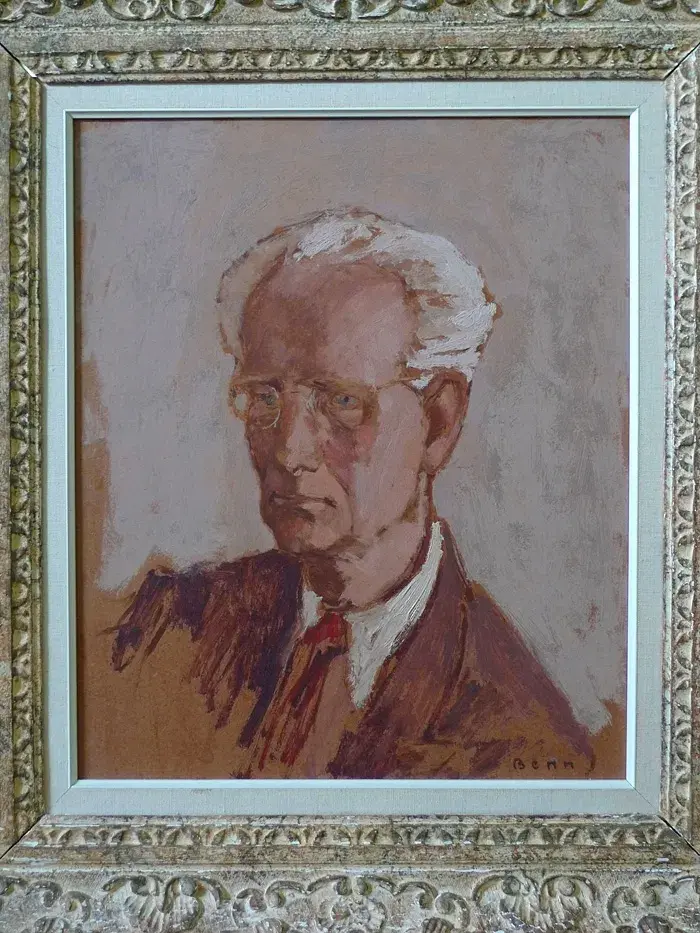Our Vision
Even before the establishment of the state, a number of Yiddish pioneers and writers who had immigrated to Palestine decided in 1928 to publish a Yiddish magazine. The British authorities opposed it. There was no place for a regular Yiddish magazine. Only regular magazines in Hebrew, Arabic, and English were approved. The Yiddish faithful got wise and decided to independently publish the magazine "Eins" (Sunday). After a while, the magazine "Zvei" (Monday) appeared, and later "Drey", "Fir" and "Finn" also appeared, until the authorities in the country gave in and approved the publication of the Yiddish magazine officially, and the rest is history. Thus was laid the foundation stone of Yiddish writing in Israel, following which more and more magazines and books appeared in Jerusalem, Haifa, and Tel Aviv.
The various waves of immigration brought with them more creators, and what is known as the "Yiddish Writers Family" (Yiddish Writers Family) grew. Many of them are our Nephilim, the exemplary figures who laid the foundations and who will be recounted on this site.
At the beginning of the 21st century, a major turning point occurred in the house, and most of its active members are not natives of Eastern Europe , but rather natives of the land. Of course, we still rely on the spirit of the veterans who carried a treasure trove of history, memories, and values. The focus today shifts to Hebrew-Yiddish speakers, among whom a great longing for their cultural heritage has arisen.
Just as the creators of the magazine "Eins" insisted at the time, we are also determined to fulfill our mission today. We will continue to reveal to audiences in Israel and around the world the light and magic of Yiddish culture. The pioneers, the Yiddish writers up there, are surely satisfied with this story. Browse the site and feel part of the community of "Yiddishland", the revival of Yiddish in our time.


About Us
We continue the mission of the writers who founded the Yiddish Writers' Association in Tel Aviv in 1928. Over the years, the activity has been enriched with writers who came to Israel through various immigrations. We cultivate Yiddish culture to flourish for the benefit of the general public.


Biography of H. Leivik
H. Leyvik - Dates in his life
1888, December 9 - Born in Ihuman, Minsk region of Belarus. The eldest in a family of nine children. He changed his name from Leyvik Halpern to H. Leivik when he came to America, to avoid confusion with the name of the great poet Moshe-Leib Halpern.
1898- 1903 - Studies in yeshivot - Berzin, Minsk.
1905-1906 - Joins the "Bund" movement, banned for his activities in the revolutionary movement. Sitting in prison in Minsk.
1908 - Sentenced to four years in prison with hard labor. In Minsk prison he began writing the dramatic poem "The Ropes of the Messiah."
1912 - Exiled to Siberia. Writes the play "Dart vow di freiheit ".
1913 - Escapes from Siberia and arrives in the United States. Lived in New-York.
1914 - Moves to Philadelphia, works in a factory. Publishes first poems in the journal "Yidishe Welt un Zeitgeist".
1915 - Returns to New-York, Pastes wallpapers for a living. Publishes Poetry, joins the literary group "di Younge", his first book of poems "Hintern Shlos" (Behind the Lock) has been published.
1916 - Marries Sarah Sultan.
1917 - His first son, Daniel, is born.
1921 - His play, "Shmates", is performed at the Morris Schwarz Theater.
1922 - Tuberculosis breaks out, from which he has suffered for years.
1924- Began working for the newspaper "freiheit" (Freedom).
1925 - A trip to Europe, a visit to England, France, Germany, Poland and the Soviet Union.
Premiere of his play "The Golem" at the Habima Theater, Moscow.
1928 - His second son is born.
1929 - After the Arab pogrom against the Jews of Hebron, he leaves the communist newspaper "Freedom". Publishes a letter in which he attacked the communist support for pogroms in Israel.
1932-1936 - In a clinic for tuberculosis patients in Denver.
1937 - Second trip to Europe, first visit to Israel.
1938 – New-York mentions his fiftieth anniversary.
1940 - All his writings appeared in two large volumes: Volume A - Poetry, Volume II - Dramatic Poems.
1945 - Visits the survivors in the DP camps, publishes the poem "In Treblinke bin ich nit geven" ("I was not in Treblinka").
1952 - Second visit to Israel.
1957 - Participates in a conference in Israel, sick and hospitalized in a hospital in Jerusalem.
1962 - December 23, H. Leyvik dies in New York, after being paralyzed in 1958.
H. Leyvik is one of the best writers of the new Yiddish poetry.
Thanks to his personality he became a prominent and unique figure. Leyvik had a sensitive social personality. He was an admired figure beyond literary appreciation. He was also recognized as a person who embraced the values of Judaism and universal humanity.
Leyvik's poems and plays reflect the belief in the relevance of the Jewish spiritual heritage. It is customary to compare Leyvik to the character of I.L. Peretz in their influence on their contemporaries. Leyvik has been admired since the publication of his poem "Somewhere far away" in 1918 and the play "The Golem" in 1921. His public appearances in dozens of Jewish communities have earned him a worldwide reputation.
Leyvik's approach to the problematic issue of the Jewish destiny and his deliberations on moral issues gave him a superior status in public.
The upheavals he went through in his life, his identification with the victims, his visits to the Holocaust survivor camps and his lecture in 1957 at a conference in Jerusalem magnified his status as a unique artist, with a vision and spiritual power.
*Translation of the song "Somewhere far away" into Hebrew: K.A. Bartini
*The paintning is by Gedalia Tenenboim, 1978.
